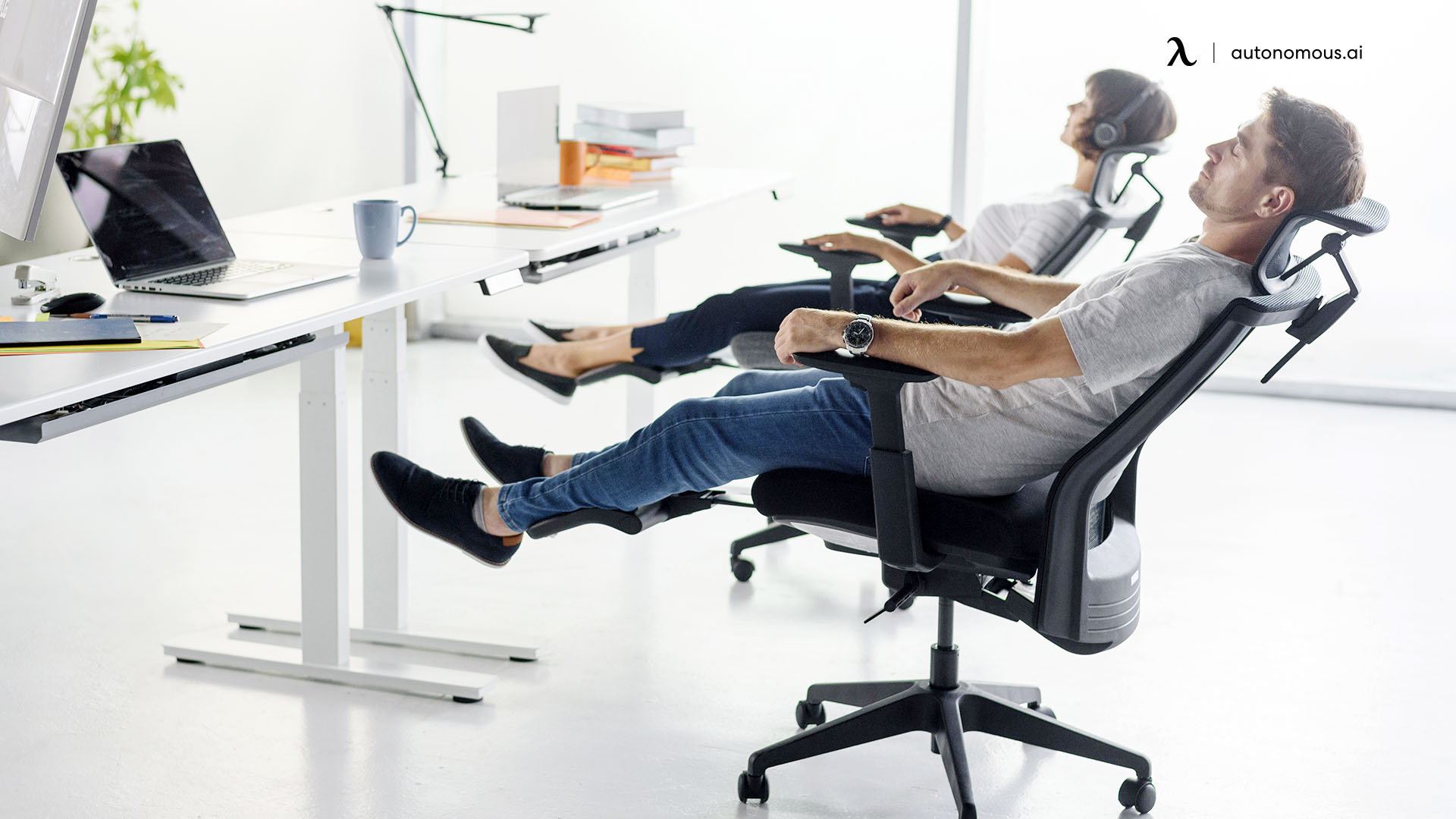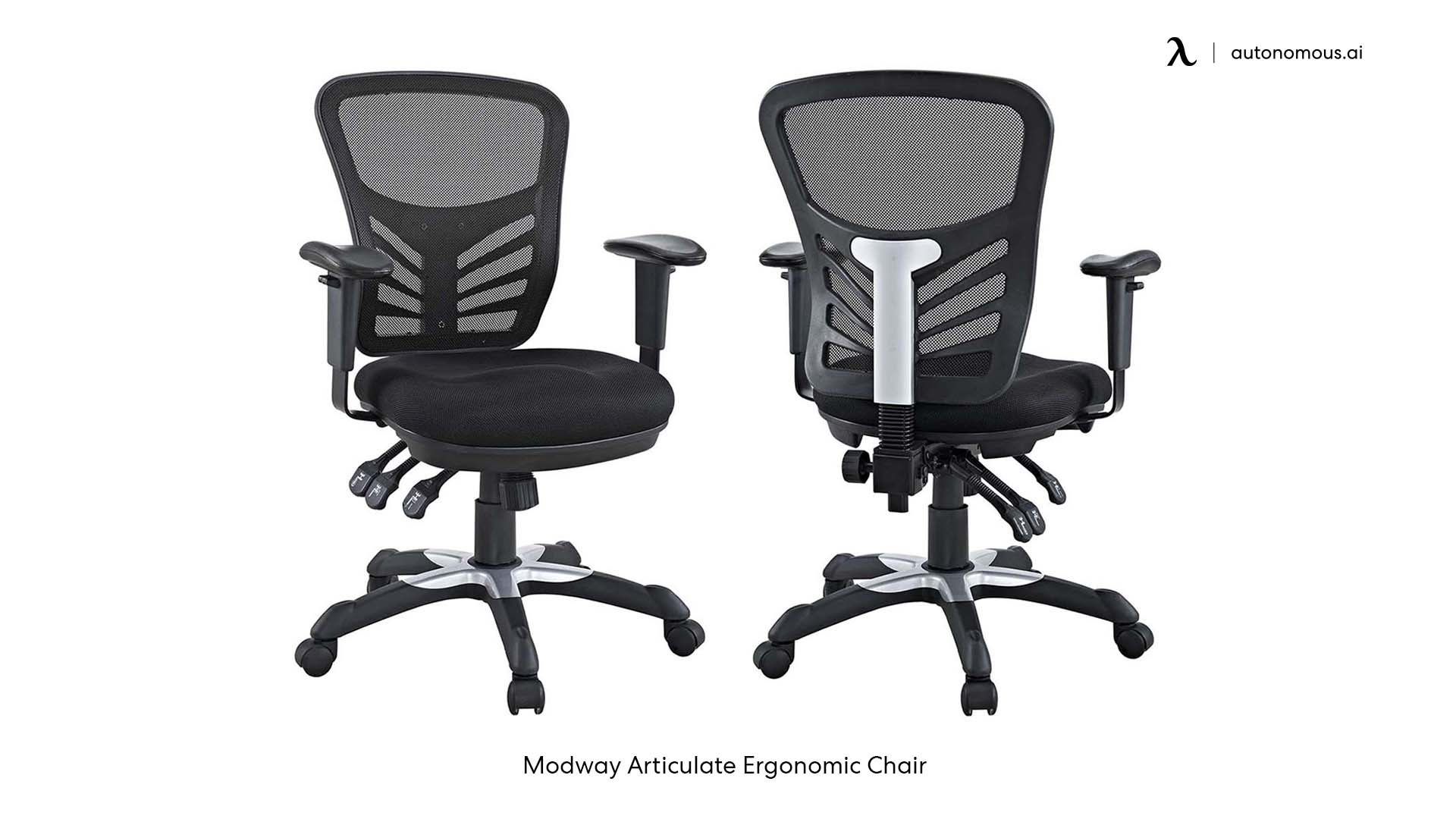Key Features to Consider When Choosing a Chair: Best Chair For Sacroiliac Pain

The hunt for the perfect chair, a seemingly mundane task, transforms into a quest of epic proportions when sacroiliac pain enters the equation. It’s no longer about aesthetics or fleeting comfort; it’s about strategic support, a silent ally in the battle against persistent discomfort. The right chair can be a game-changer, offering respite and facilitating healing. Choosing wisely demands understanding the crucial features that directly impact your well-being.
The subtle architecture of a chair, its seemingly insignificant details, holds the key to unlocking relief from the insidious grip of sacroiliac pain. The interplay of design elements, when thoughtfully considered, can significantly influence posture and, consequently, the pressure points that contribute to this debilitating condition. The chair becomes more than just a seat; it’s a therapeutic instrument.
Chair Features for Sacroiliac Pain Relief, Best chair for sacroiliac pain
Proper posture is paramount in managing sacroiliac pain. A chair that encourages and supports good posture directly minimizes strain on the sacroiliac joint, reducing inflammation and pain. This is achieved through a combination of specific features designed to cradle the body in a naturally aligned position.
- Lumbar Support: A contoured backrest with substantial lumbar support is crucial. This support should curve inward to conform to the natural curvature of the lower back, maintaining the spine’s healthy alignment and preventing slouching. Insufficient lumbar support forces the lower back to compensate, leading to increased pressure on the sacroiliac joint.
- Adjustable Height: The chair’s height should be adjustable to ensure your feet rest flat on the floor, with your knees bent at a 90-degree angle. This prevents the pelvis from tilting and puts minimal strain on the lower back and sacroiliac joint. Improper seating height can exacerbate existing pain by forcing unnatural postures.
- Armrests: Armrests provide crucial support, particularly when rising from or settling into the chair. They allow for a more controlled movement, reducing stress on the sacroiliac joint during transitions. Properly positioned armrests also encourage better posture by providing a stable resting point for the arms.
- Seat Depth: The seat depth should be appropriate to prevent the user from sitting too far back or too far forward. A seat that’s too deep can force the lower back to slump, while a seat that’s too shallow can cause pressure points and discomfort. The ideal seat depth allows for proper thigh and lower back support without compromising posture.
Examples of Chairs with Beneficial Features
Consider a chair with a high backrest that extends to support the upper back, incorporating a pronounced lumbar curve. Imagine the backrest made of breathable mesh material, allowing for airflow and preventing overheating. The seat cushion is deep but firm, providing adequate support without sinking excessively. Adjustable height is a must, allowing for precise customization. Armrests are wide and padded, offering comfortable support without hindering movement. This comprehensive design actively promotes correct posture, minimizing stress on the sacroiliac joint. Another example would be an ergonomic office chair, specifically designed with adjustable lumbar support, and a waterfall seat edge which reduces pressure on the back of the thighs and promotes healthy blood circulation. The seat pan is designed to encourage a neutral pelvic tilt, minimizing strain on the sacroiliac joint.
Addressing Specific Needs and Preferences

Finding the perfect chair for sacroiliac pain isn’t a one-size-fits-all affair. It’s a deeply personal quest, demanding careful consideration of your unique body, lifestyle, and pain patterns. The right chair will become an invaluable ally in managing your discomfort, offering support and promoting proper posture, while the wrong one could exacerbate your pain.
The journey to finding this perfect chair involves understanding how different chair designs cater to various needs. This isn’t simply about aesthetics; it’s about biomechanics, ergonomics, and the intricate dance between your body and your seating. Consider it an investment in your comfort and well-being.
Chair Recommendations Based on Body Type and Activity Level
Choosing a chair involves understanding the interplay between your physical characteristics and how you intend to use it. A chair ideal for long hours at a desk will differ significantly from one used for occasional reading. The table below offers guidance:
| Body Type | Activity Level | Recommended Chair Type | Rationale |
|---|---|---|---|
| Petite | Prolonged Sitting (e.g., office work) | Ergonomic chair with adjustable height and lumbar support, smaller seat depth | Smaller frames need chairs that accommodate their dimensions, preventing slouching and strain. Adjustable features ensure a precise fit. |
| Average Build | Moderate Sitting (e.g., hybrid work) | Mid-back support chair with adjustable lumbar support and armrests | Provides adequate support for average body types and offers flexibility for varied postures during work and relaxation. |
| Larger Build | Occasional Sitting (e.g., dining, watching TV) | Wide, supportive armchair with firm cushioning | Offers ample space and comfortable support for longer periods of relaxation without necessitating intense ergonomic adjustments. |
| Tall | Prolonged Sitting (e.g., gaming) | High-back ergonomic chair with adjustable height and extensive lumbar support | Provides necessary support for the entire spine, crucial for extended periods of sitting in one position. |
Optimizing Chair Settings for Comfort and Pain Reduction
The key to unlocking a chair’s full therapeutic potential lies in mastering its adjustments. Don’t simply settle for the default settings; take the time to personalize your chair to your body’s unique needs.
Think of it like this: your chair is a supportive partner in your daily life. By fine-tuning its settings, you’re ensuring this partnership works in perfect harmony. A poorly adjusted chair can negate the benefits of even the most expensive model.
First, adjust the height so your feet rest flat on the floor, and your thighs are parallel to the ground. Your knees should be bent at a 90-degree angle. Next, adjust the lumbar support to cradle the natural curve of your lower back. This crucial element prevents slouching and reduces strain on your sacroiliac joint. Finally, adjust the armrests so your elbows are bent at a 90-degree angle while your arms rest comfortably on the armrests, reducing shoulder and neck tension. These seemingly small adjustments can make a world of difference in managing your sacroiliac pain. Experiment with different settings until you find the optimal position for your body. Remember, comfort and support should be paramount.
